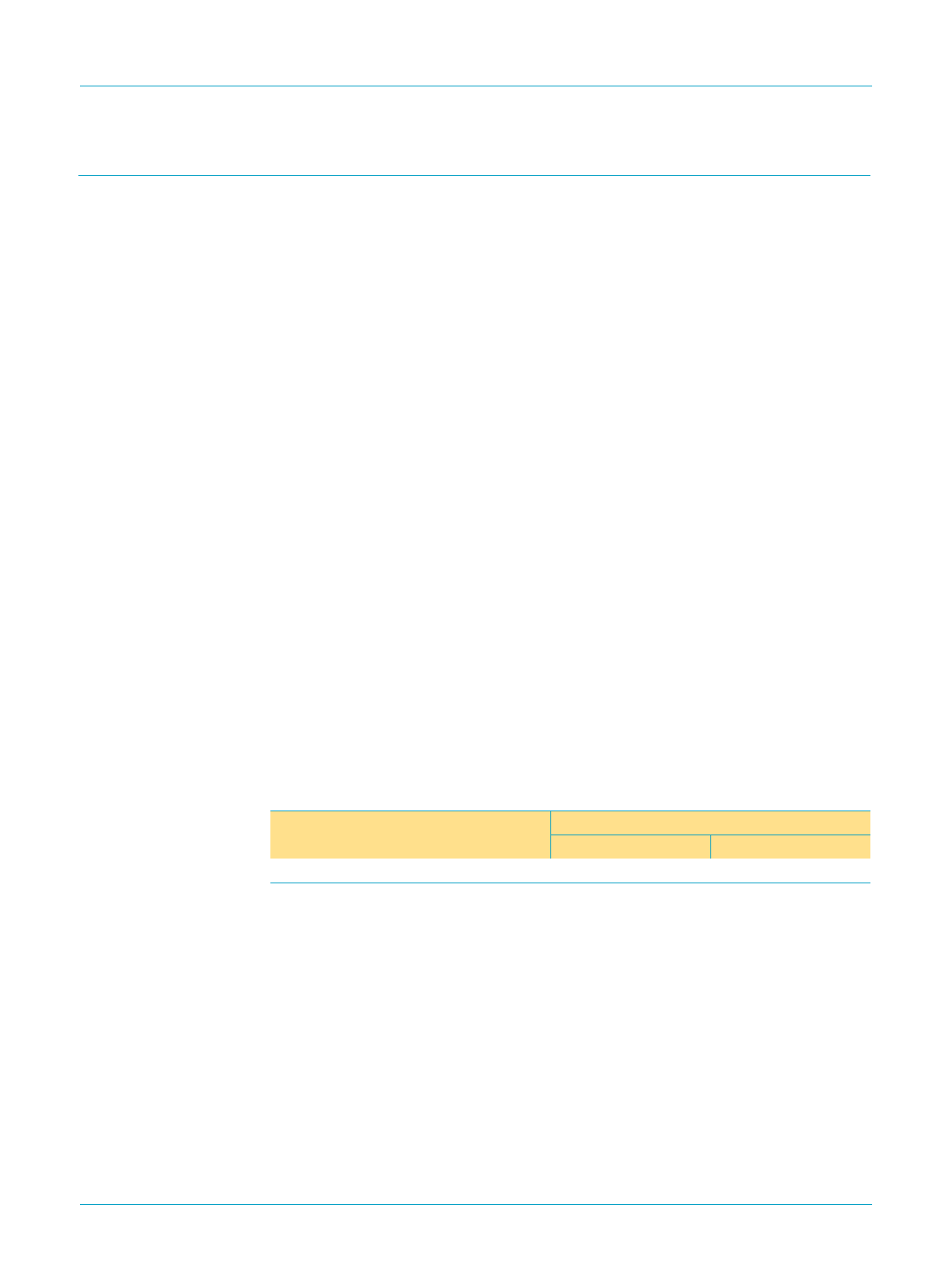
Philips Semiconductors
TDA8946J
2 x 15 W stereo BTL audio amplifier
Product specification Rev. 02 — 14 March 2000 18 of 23
9397 750 06863
© Philips Electronics N.V. 2000. All rights reserved.
17. Soldering
17.1 Introduction to soldering through-hole mount packages
This text gives a brief insight to wave, dip and manual soldering. A more in-depth
account of soldering ICs can be found in our
Data Handbook IC26; Integrated Circuit
Packages
(document order number 9398 652 90011).
Wave soldering is the preferred method for mounting of through-hole mount IC
packages on a printed-circuit board.
17.2 Soldering by dipping or by solder wave
The maximum permissible temperature of the solder is 260 °C; solder at this
temperature must not be in contact with the joints for more than 5 seconds. The total
contact time of successive solder waves must not exceed 5 seconds.
The device may be mounted up to the seating plane, but the temperature of the
plastic body must not exceed the specified maximum storage temperature (T
stg(max)
).
If the printed-circuit board has been pre-heated, forced cooling may be necessary
immediately after soldering to keep the temperature within the permissible limit.
17.3 Manual soldering
Apply the soldering iron (24 V or less) to the lead(s) of the package, either below the
seating plane or not more than 2 mm above it. If the temperature of the soldering iron
bit is less than 300 °C it may remain in contact for up to 10 seconds. If the bit
temperature is between 300 and 400 °C, contact may be up to 5 seconds.
17.4 Package related soldering information
[1] For SDIP packages, the longitudinal axis must be parallel to the transport direction of the
printed-circuit board.
Table 10: Suitability of through-hole mount IC packages for dipping and wave soldering
methods
Package Soldering method
Dipping Wave
DBS, DIP, HDIP, SDIP, SIL suitable suitable
[1]


















